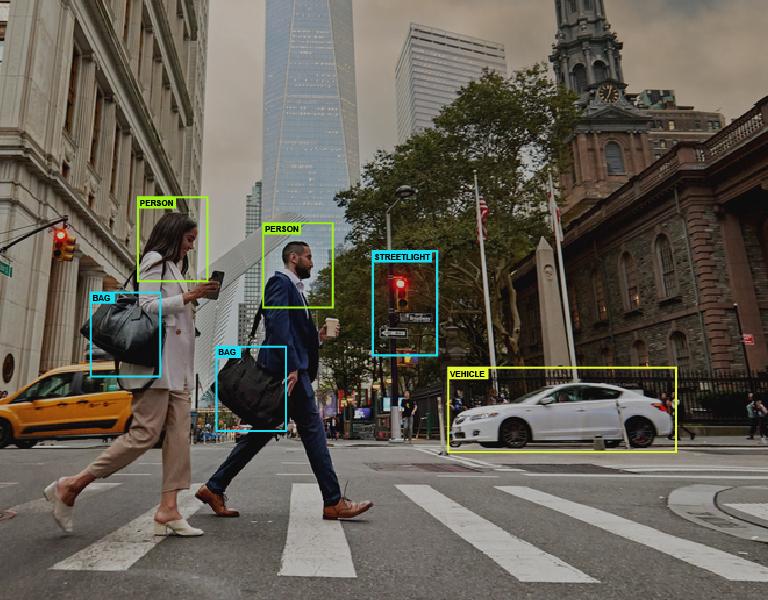The U.S. labor market continues to pull back from its March 2022 peak, with the unemployment rate climbing above 4% for the first time since November 2021. This shift in labor market dynamics is part of the broader trend of supply and demand coming into better balance. As a result, Veritone Hire has seen our clients’ cost per application decrease by an average of 37% since March of 2022.

Unemployment rate historical context
The unemployment rate is 4.1% for data reported in July, a level not seen since November 2021, marking 30 consecutive months of rates at or below 4%. The last time the U.S. experienced such a streak was from December 1965 to January 1970, when the unemployment rate remained at or below 4% for 50 months. After crossing above 4% in 1970, the overall unemployment rate did not dip below 4% again until December 1999, nearly 30 years later.
Parallels from the past
Drawing lessons from historical parallels offers valuable insights into our current economic environment. By examining past economic cycles and patterns, we can better understand the forces at play today. This perspective helps us anticipate potential challenges and opportunities, enabling more informed decision-making in the evolving labor market.
High inflation
One of the most striking parallels between the late 1970s and today is the presence of high inflation. During the 1970s, the U.S. experienced significant inflationary pressures, primarily due to:
- Abandonment of the Gold Standard: Trade deficits, government spending, and foreign demand for gold in exchange for dollars led Nixon to end the Bretton Woods system.
- Oil crises: The 1973 oil embargo and the 1979 Iranian revolution led to skyrocketing oil prices, contributing to overall inflation.
- Wage-price spiral: Rising wages led to increased business costs, which were then passed on to consumers through higher prices, perpetuating a cycle of inflation.
Similarly, recent years have seen inflation driven by:
- Supply chain disruptions: The COVID-19 pandemic caused significant disruptions in global supply chains, leading to shortages and increased costs.
- Stimulus spending: Large-scale government stimulus measures increased demand while supply constraints remained, contributing to higher prices.
- Wage-price spiral: According to the Atlanta Fed, overall wage growth peaked in July of 2022 at 6.7%, while job switcher wage growth peaked at 8.5%.
While inflationary pressures are relatively high today compared to recent history, it is important not to fall into recency bias and assume that the extremely low inflation we have experienced since 2008 is the norm. The 12-month percentage change for CPI has averaged 5.5% since January 2022, while from 1974 to 1982, it averaged over 9%.
Industrial shifts
Significant industrial shifts have profoundly shaped labor markets in the past and present, reflecting changes in technology, economic policies, and global competition.
Past Industrial Shifts (1960s-1980s):
- Technological advances (1960s-1970s): Technological advancements like computer-aided design (CAD) and computer-aided manufacturing (CAM) systems started to transform manufacturing processes, making them more efficient and reducing the need for manual labor.
- Manufacturing outsourcing (1960s-1980s): The initial stages of outsourcing began in the 1960s as companies like General Electric moved production to lower-cost countries, such as Mexico. This trend continued into the 1980s, driven by the need to reduce labor costs and remain competitive in the global market (The Globalization of Production | NBER).
Current Industrial Shifts:
- AI and automation: As AI usage expands, company workforces are seeing a shift in responsibilities for certain jobs.
- Tech outsourcing: Tech outsourcing is increasing as firms seek cost savings by contracting out IT and other technology-related functions to countries with lower labor costs. This continuing trend is leading to a more globalized workforce.
The industrial shifts of the past and present underscore the ongoing transformation of the labor market driven by technological advancements and globalization. While these shifts present challenges, they also offer opportunities for innovation and efficiency improvements that can benefit the economy in the long term.
Employers should embrace opportunities to integrate AI and automation into their operations to increase efficiency and reduce costs.
Projected Fed rate cuts
The Federal Reserve is projected to start cutting rates starting in September of 2024, with a 90% chance, according to the CME Group FedWatch tool. This anticipated rate cut reflects the Fed’s confidence that inflation is coming under control. For the labor market, lower interest rates could mean:
- Stimulating Job Growth: Lower borrowing costs can encourage businesses to invest and expand, potentially leading to more job creation.
- Consumer Spending: Reduced interest rates can increase consumer spending power, boosting demand for goods and services, supporting employment in certain sectors.
- Easing Financial Strain: Lower rates can help reduce the financial strain on businesses and consumers, leading to a more stable economic environment and potentially reducing layoffs.
Given these developments, employers should prepare for potential rate cuts by planning according to their business model. While lower rates can stimulate job growth and consumer spending, different sectors may experience varied impacts. Tailor your approach to ensure it aligns with how rate changes impact your sector.
Embracing change and preparing for the future
As we navigate the complexities of today’s labor market, employers must remain adaptable and forward-thinking. By understanding historical economic patterns and their modern-day parallels, businesses can better anticipate and respond to challenges. The projected rate cuts offer opportunities for job growth and consumer spending but also necessitate strategic planning.
Employers should embrace technological advancements such as AI and automation to streamline operations and reduce costs. As Veritone Hire’s data indicates more than a 20% increase in click-to-application conversion rates year-to-date, revisiting and refining hiring strategies focusing on data-driven decision-making can significantly enhance recruitment outcomes. By staying proactive and leveraging these insights, companies can not only weather the current economic conditions,but position themselves for long-term success.
[button label=”Explore Veritone Hire” url=”https://www.veritone.com/solutions/hire/”]
Further Reading:
Veritone Hire sees CPA drop as US labor market continues to cool
Job Application Tracking in a Cookie-less World
Wolfpacks and Minesweepers: The Real-World Inspiration for Veritone Hire’s AI Algorithms
Sources:
https://www.bls.gov/charts/employment-situation/civilian-unemployment-rate.htm
https://www.nber.org/reporter/spring-2001/Globalization-of-Production
https://www.federalreservehistory.org/essays/great-inflation
https://www.cmegroup.com/markets/interest-rates/cme-fedwatch-tool.html





